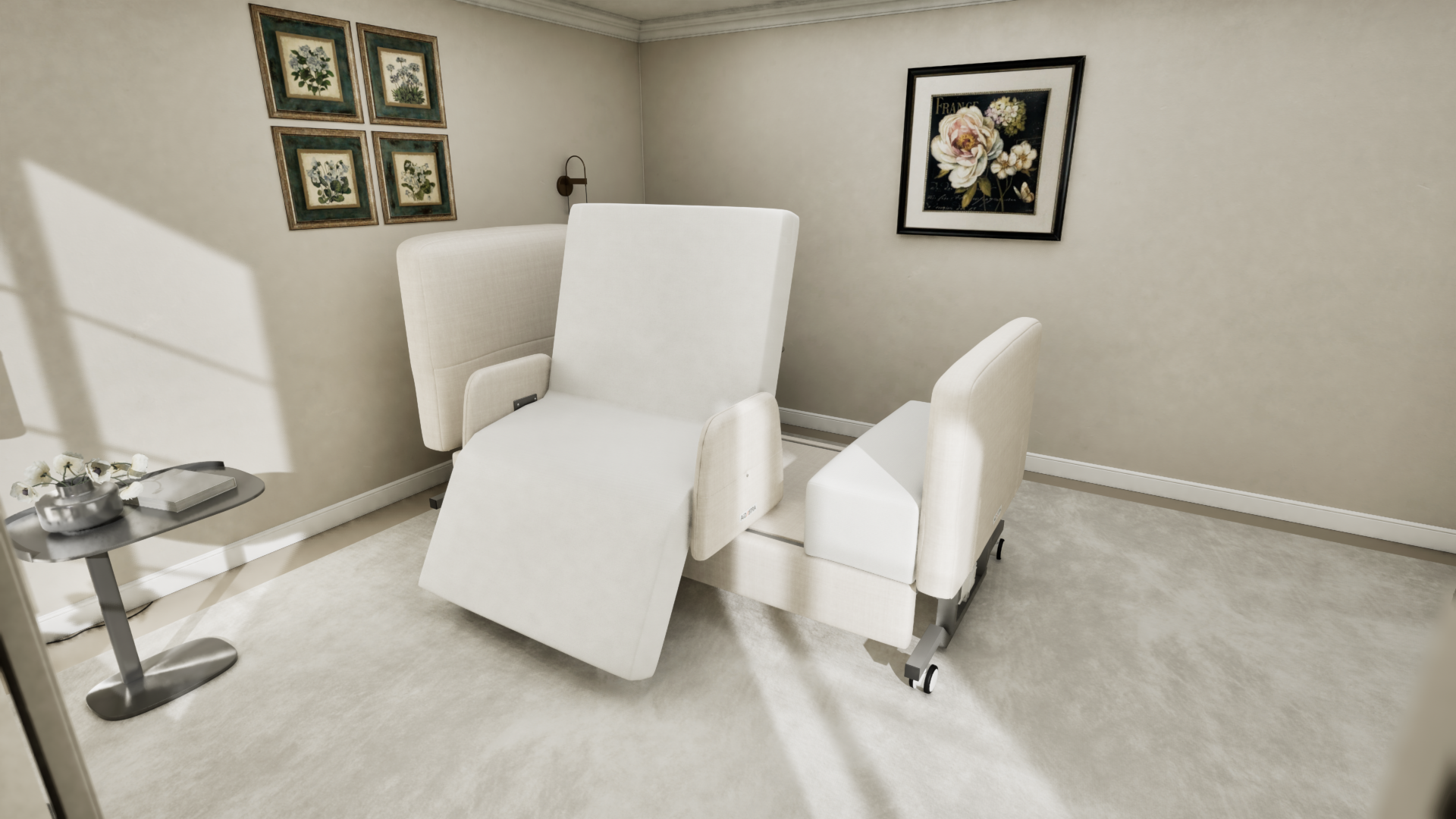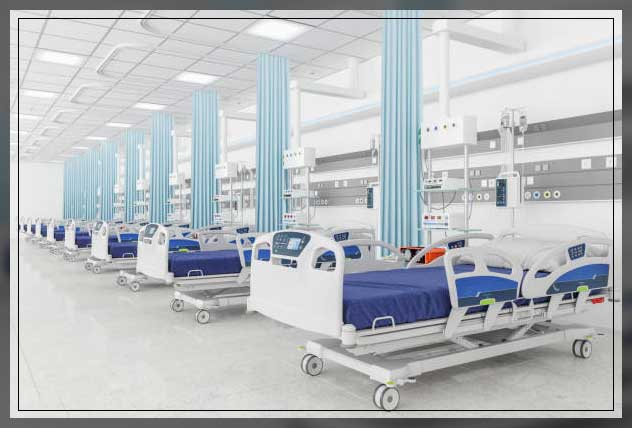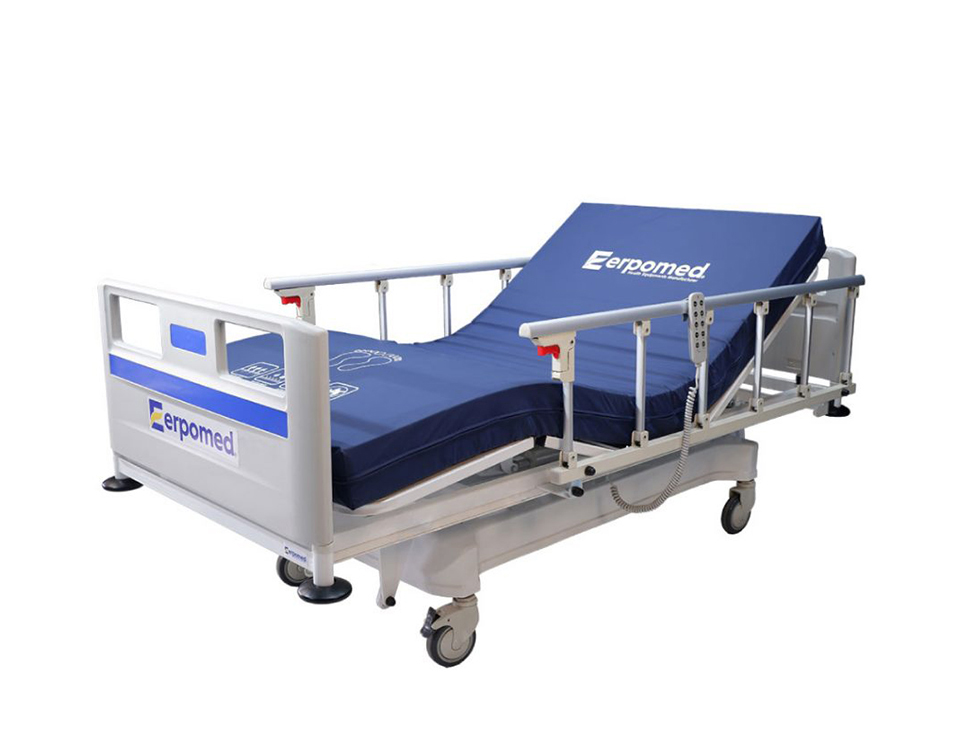Hospital Beds For Home Use Things To Know Before You Get This
Table of ContentsHow Hospital Beds For Home Use can Save You Time, Stress, and Money.Things about Hospital Beds For Home UseThe Definitive Guide for Hospital Beds For Home UseThe Ultimate Guide To Hospital Beds For Home UseHospital Beds For Home Use Things To Know Before You BuyThe Ultimate Guide To Hospital Beds For Home UseThe 6-Second Trick For Hospital Beds For Home Use
There are 3 major kinds of healthcare facility beds: guidebook, semi-electric, and fully-electric. More types of medical beds exist and they are noted below. These beds make use of hand cranks to adjust the bed's height and increase and reduce the head and the foot. Hand cranks are generally discovered at the foot of the bed and call for an individual that is literally with the ability of operating.
Semi-electric beds have an electrical motor to increase and lower the head and foot portions of the bed (hospital beds for home use). Full-electric beds have an electrical motor that can raise the head and foot sections of the bed as well as the whole height and positioning of the bed.
The Hospital Beds For Home Use Ideas
There are several types of healthcare facility beds, each made to satisfy certain client demands. Here are some common types: This is the most usual kind of healthcare facility bed, created for basic medical use.
Reduced to the ground than a typical bed. This sort of bed is made for larger people, with a wider framework and greater weight capacity than a common bed. This kind of bed is designed particularly for youngsters, with smaller sizes than a common bed. Unique features such as full size side rails and animation design.
This kind of bed is made for critically ill clients who need open surveillance and specialized clinical tools such as ventilators and mixture pumps. This kind of bed is designed for use throughout labor and delivery, with adjustable positions and functions to support the mom and infant throughout the birth procedure.
Facts About Hospital Beds For Home Use Revealed
Numerous feature and the devices do increasing traction to different parts of the vertebra and the extremities without relocating the human body. These are just a couple of instances of the kinds of healthcare facility beds available. The details kind of bed utilized will certainly depend upon the person's condition, clinical needs, and various other aspects.
Right here is things you require to understand. A one-function medical facility bed is a medical bed that enables an individual to move just the head or foot section up or down. A 2 feature medical facility bed typically describes a sort of clinical bed that has 2 adjustable features to help clients in medical facilities or care centers.

The Hospital Beds For Home Use Ideas
A 7-function ICU bed is a kind of clinical bed that offers a number of flexible functions to support critically unwell clients in a critical care unit (ICU) (hospital beds for home use). The seven features normally consist of: Back-rest adjustment: The back-rest can be adapted to various angles to help the individual stay up or relax pleasantly
Height adjustment: The bed can be raised or reduced to make it less complicated for patients to enter and out of bed, and for caretakers to supply care. Trendelenburg position: The whole bed can be slanted to advertise blood flow and flow in the body. Reverse Trendelenburg placement: The bed can additionally be slanted in the contrary instructions to advertise blood flow and flow in the upper body.
While even more budget-friendly than electric versions, these beds need physical effort for adjustments. The main advantages of go to this web-site manual beds are their affordability and dependability, as they do not rely upon electricity. The demand for manual initiative can be a restriction in scenarios where fast modifications are necessary or where caretakers face physical obstacles.
Not known Factual Statements About Hospital Beds For Home Use
Semi-electric health center beds offer a balance of manual and electric controls. These beds offer an ideal middle ground in between guidebook and totally electrical alternatives, offering convenience of usage without the complete cost of electric designs.
Semi-electric beds are fit for patients that require moderate adjustments to the head and foot sections yet can take care of without constant elevation modifications. This makes them a cost-efficient service for those seeking comfort and ease without the demand for constant repositioning. Totally electrical healthcare facility beds include electrical controls for smooth changes to the height, head, and foot sections.
Specialized hospital beds, such as ICU beds, long-term treatment beds, and bariatric beds, are very carefully created to deal with certain clinical needs. These beds supply customized care for varied client groups, improving both results and comfort. In the adhering to areas, we will check out the main kinds of specialty medical facility beds, outlining their certain benefits and applications.
With years of experience in manufacturing electrical straight actuators - hospital beds for home use and close collaboration with the health care sector, TiMOTION is well-positioned to offer reputable healthcare solutions. Our up and down incorporated company takes care of every step of the production process, from layout to actuator setting up, guaranteeing we supply outstanding worth and tailored options tailored to your particular demands
About Hospital Beds For Home Use

To read more about incorporating these technologies right into your items, call us today. More reading:.
Data is sourced from the Medicare Cost Record. Accessed January 2025. Short-term intense care hospitals have the greatest ordinary number of beds at 187. They are the most usual type of medical facility in the united state and make up more than 50% of U.S. hospitals. Kid's hospitals have 178 beds generally and VA health centers average 175 beds.

Not known Facts About Hospital Beds For Home Use
A hospital bed is a bed created particularly for medical purposes. It is not only an area for individuals to relax, however also a platform for medical procedures. Unlike average home beds, hospital beds generally have flexible functions, which can facilitate clinical personnel to make various changes according to the demands of clients, such as transforming the height, disposition, and assistance angle of the back and legs of the bed.